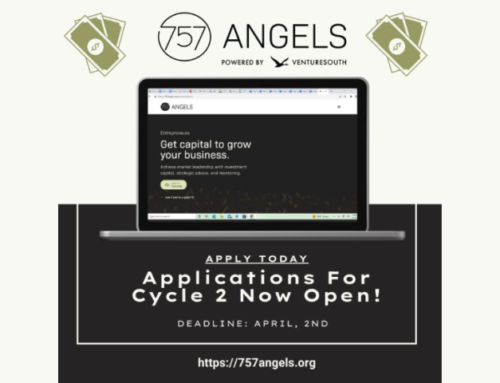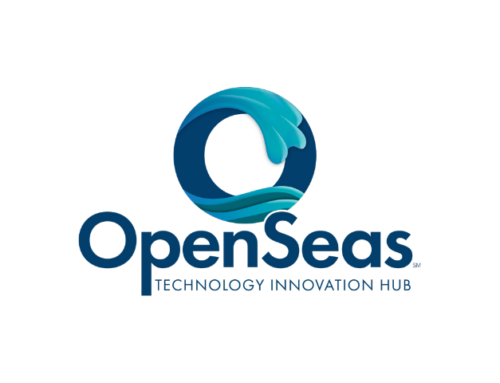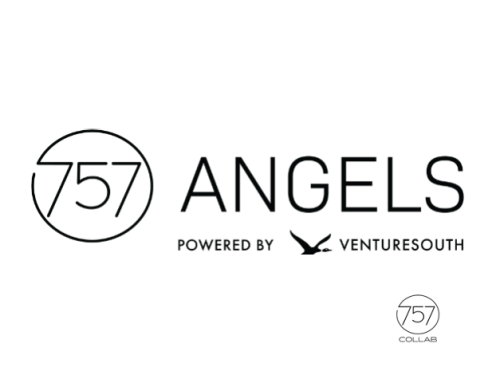While the PPP program continues to be an efficient and effective manner in providing assistance to the region’s small business owners, it has been noted that there are some shortcomings that need to be addressed.
Recently, the Administration announced several additional changes to the current round of PPP funding. The goal of these changes is to provide greater access to capital to applicants that have been historically disenfranchised. This includes the following:
- Effective 2/24/21: For a 14-day period, only businesses with fewer than 20 employees can apply for a PPP loan.
- Effective date not stated:
- Sole Proprietors/Self-Employed: under existing rules, these classes of businesses were required to use Line 31, form 1040, Schedule C (a/k/a “net income”) to calculate the loan amount, which in many instances significantly reduced the amount eligible for funding. Under the revised rule, these classes of business can use “gross income” for this calculation
- An additional $1 billion of the PPP program funds are being designated for these business categories located in low-to-moderate (LMI) areas
- Support for “Second Chance” business owners, which means business owners with felony records that are not linked to fraud will now be eligible for funding
- Business owners that are delinquent on federal student loans will be eligible for PPP funding
- Businesses owned by non-citizens who are lawful US residents (those with VISAs or Green Cards) are now eligible for funding, which means they can use their Individual Taxpayer Identification Numbers (ITINs)
It is anticipated that there will be additional changes during the final month of this round of PPP funding.
It should be noted that, to date, the SBA has not published documentation on the above changes. However, this guidance, including specific dates for implementation, will soon be forthcoming. One point to remember that this program “sunsets” on 31 March 2021.
Those individuals who are eligible for the revised PPP Loan Program should speak with their local financial institution both to obtain specific information on the latest changes, but also to be prepared to submit their application as expeditiously as possible in order to meet the deadline for this program.






